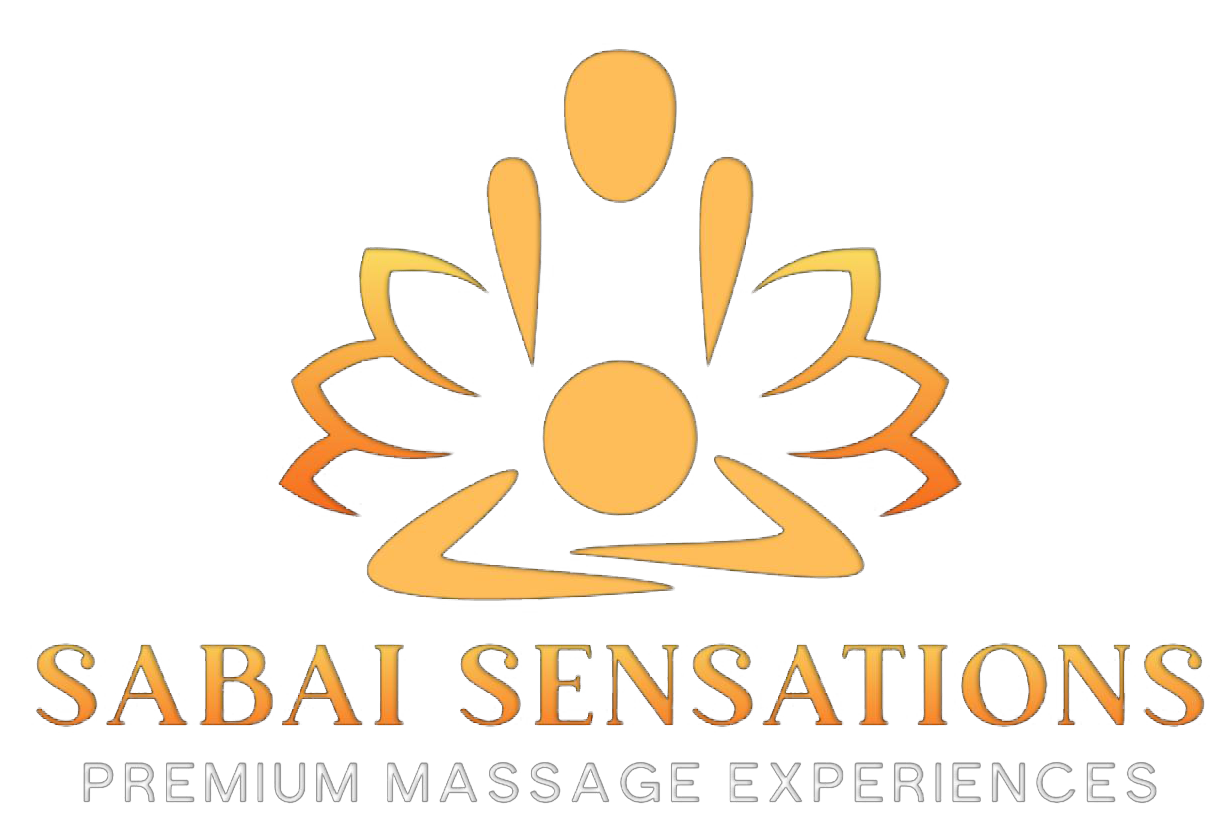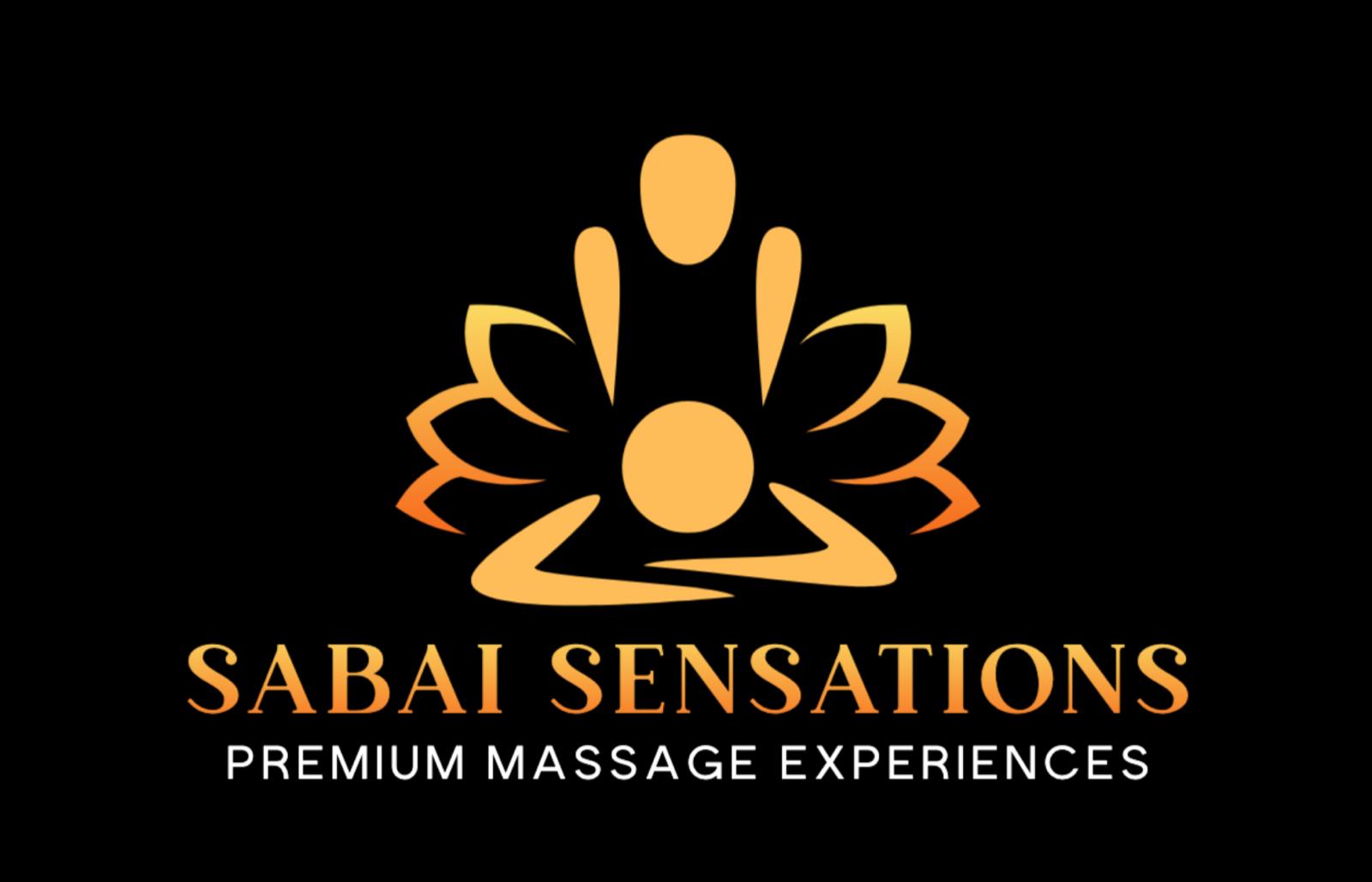Thai massage, a centuries-old practice, is more than just a way to relieve muscle tension and stress. It is a deeply holistic therapy that integrates elements of yoga, acupressure, and Ayurveda to create a unique and rejuvenating experience. Originating in Thailand over 2,500 years ago, this therapeutic practice has spread globally, becoming renowned for its numerous health benefits and its ability to provide profound relaxation.
The Origins and Philosophy of Thai Massage
Thai massage, also known as “Nuad Boran” in Thai, has its roots in ancient Indian, Chinese, and Southeast Asian traditions. The practice is attributed to Jivaka Kumar Bhaccha, a contemporary of the Buddha, who was a renowned healer and physician. Thai massage incorporates principles of Ayurveda, the traditional Indian system of medicine, and traditional Chinese medicine, reflecting a rich tapestry of healing practices.
At the core of Thai massage is the concept of “Sen” lines, which are similar to the meridians in Chinese medicine or the nadis in Ayurveda. There are 72,000 Sen lines in the body, but Thai massage focuses on ten primary lines. These lines are believed to be channels through which life energy, or “prana,” flows. Blockages or imbalances in these lines can lead to pain, illness, and emotional distress. Thai massage aims to stimulate and balance these energy lines, promoting overall health and well-being.
The Practice of Thai Massage
Unlike conventional massages, Thai massage is performed on a mat on the floor rather than a massage table. The recipient remains fully clothed in loose, comfortable clothing. No oils or lotions are used. The practitioner uses a combination of techniques, including acupressure, deep tissue massage, and assisted yoga postures, to manipulate the body.
A typical Thai massage session involves a series of rhythmic compressions, stretches, and gentle rocking motions. The therapist uses their hands, thumbs, elbows, forearms, knees, and feet to apply pressure and guide the body into various positions. This active involvement of both the therapist and the recipient creates a dynamic and interactive experience.
Health Benefits of Thai Massage
- Improved Flexibility and Range of Motion: The yoga-like stretches and movements in Thai massage help increase flexibility, improve joint mobility, and enhance overall physical performance. Regular sessions can significantly benefit those with stiff muscles and joints.
- Enhanced Circulation: The combination of acupressure and stretching improves blood flow throughout the body. Enhanced circulation helps deliver oxygen and nutrients to tissues, promoting faster healing and reducing muscle soreness.
- Stress Relief and Relaxation: Thai massage induces deep relaxation and reduces stress by calming the nervous system. The rhythmic movements and mindful breathing techniques used during the massage help lower cortisol levels and promote a sense of well-being.
- Pain Relief: By targeting specific pressure points and Sen lines, Thai massage can alleviate chronic pain conditions, such as back pain, headaches, and arthritis. The massage techniques help release muscle tension and improve alignment.
- Boosted Immune System: Improved circulation and reduced stress contribute to a stronger immune system. Regular Thai massage sessions can enhance the body’s natural ability to fight off illnesses and infections.
- Increased Energy Levels: By balancing the body’s energy flow, Thai massage helps combat fatigue and increases overall vitality. Many recipients report feeling more energized and mentally alert after a session.
Preparing for a Thai Massage
To make the most of your Thai massage experience, it’s essential to prepare adequately. Wear loose, comfortable clothing that allows for a full range of movement. Communicate openly with your therapist about any specific areas of tension or discomfort, as well as any health conditions or injuries. Hydrate well before and after the session to help flush out toxins released during the massage.
Conclusion
Thai massage is a holistic practice that offers numerous physical, mental, and emotional benefits. Its unique combination of acupressure, stretching, and rhythmic movements provides a comprehensive approach to health and well-being. Whether you seek relief from pain, stress reduction, or improved flexibility, Thai massage can be a valuable addition to your wellness routine. By embracing this ancient practice, you can experience the profound healing and rejuvenation that Thai massage has to offer.




